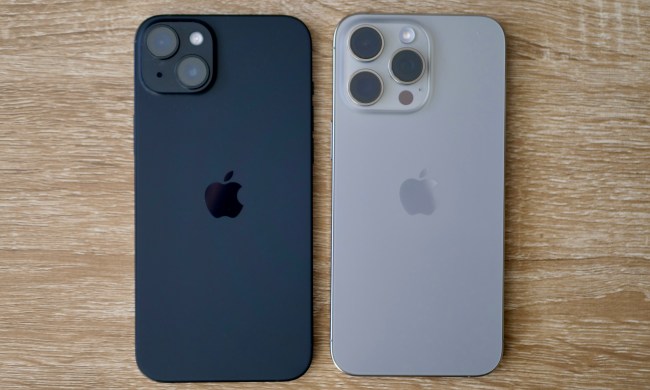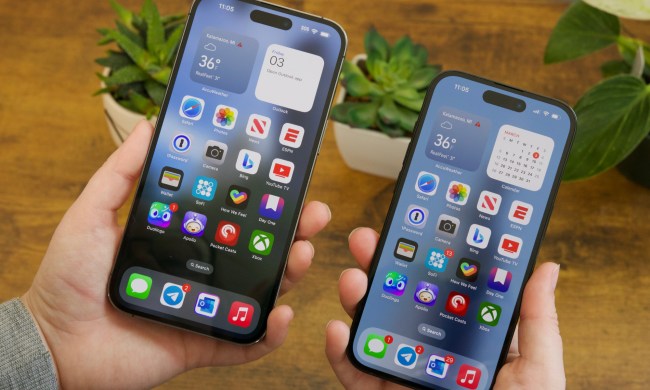Apple’s spatial audio feature, which works with the company’s AirPods Pro earbuds and AirPods Max headphones, offers a pretty cool way to get immersive audio from both music and movies. Support for spatial audio, however, is far from universal when it comes to streaming video services, with the most notable holdout being Netflix. But that’s about to change, aswe’ve had confirmation from Netflix that the streaming giant has begun to roll out spatial audio support to iOS devices.
Spatial audio, in Apple’s world, works in two different ways. If you’re listening to Apple Music on an iOS device (and soon, Android devices, too), you can use any set of headphones or earbuds to experience tracks that have been recorded in Dolby Atmos Music the way they were meant to be heard. Spatial audio provides that wide and airy 3D-like sound that typifies Dolby Atmos Music.
But the second way, which is more relevant to the Netflix rollout, leverages the onboard sensors for Apple’s AirPods Pro and AirPods Max headphones to create a virtual experience that matches what a movie would sound like if you were in a movie theater. This kind of spatial audio anchors onscreen sounds (like dialogue) to your screen — whether it’s an iPhone, iPad, or your TV (if you own an Apple TV 4K). The effect is pretty wild: Normally, turning your head from side to side with headphones on “drags” the sound with you. Wherever you look, that’s where the sound appears to be coming from. But with spatial audio, sounds stay anchored, as though they were coming from your TV or a full 5.1 surround sound system, except you’re just wearing a set of headphones.
Netflix wouldn’t confirm whether or not it has plans to move its spatial audio support beyond iOS devices. Other streaming services, like Apple TV+ and Disney+, offer spatial audio support on the Apple TV 4K as well, so we imagine Netflix is also headed in that direction. Netflix also declined to tell us how its subscribers will know which movies and shows will work with spatial audio.
As far as Apple is concerned, any movie or show that has a Dolby Atmos or Dolby 5.1 soundtrack is eligible for the spatial audio treatment if the streaming service in question enables the feature, but we’ve seen some uneven support for audio formats from Netflix in the past. Even today, there are streaming media devices that ostensibly support Dolby Atmos, but Netflix does not provide Dolby Atmos versions of its content to them.



